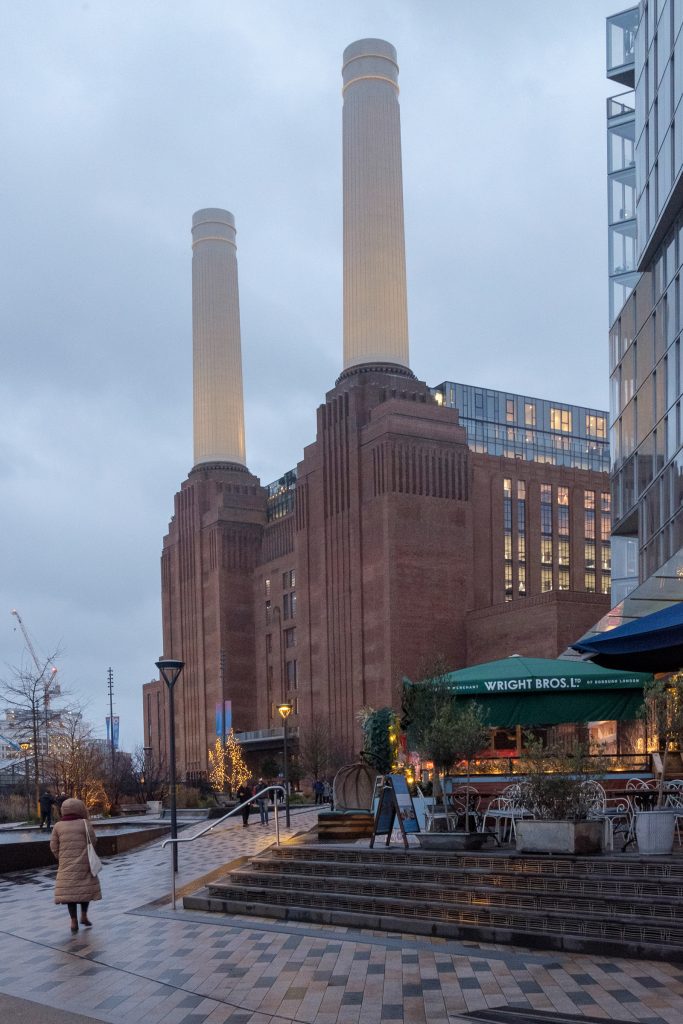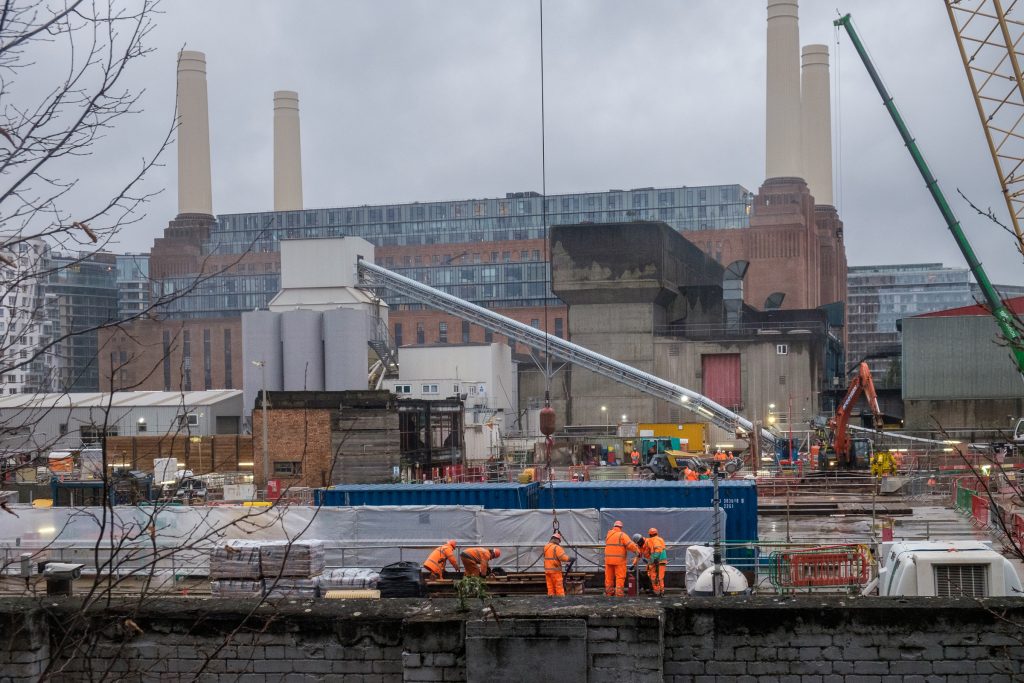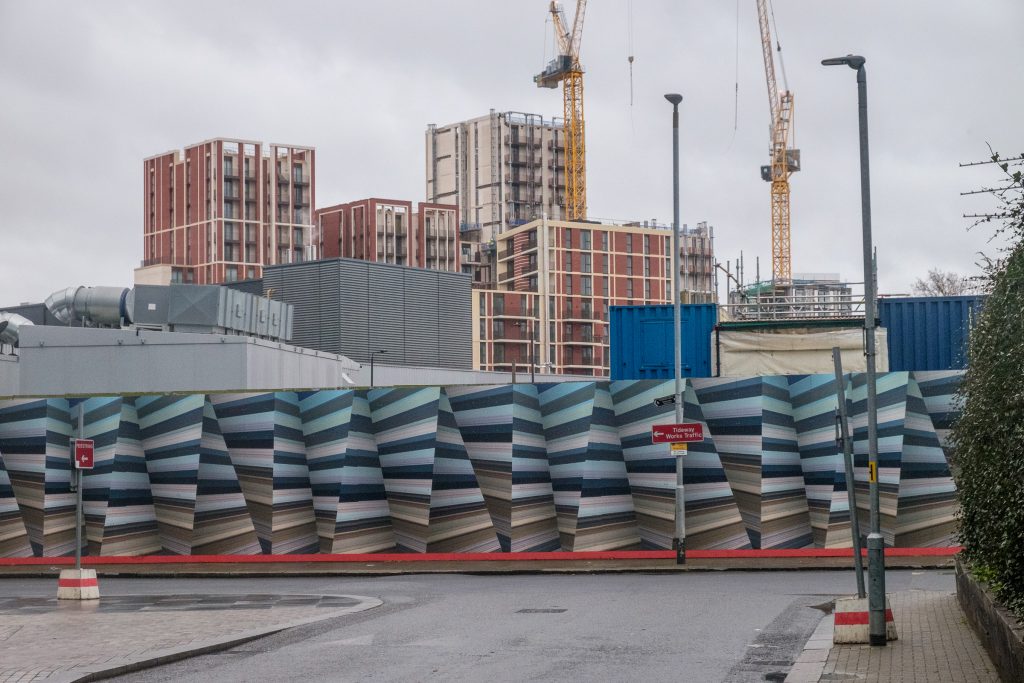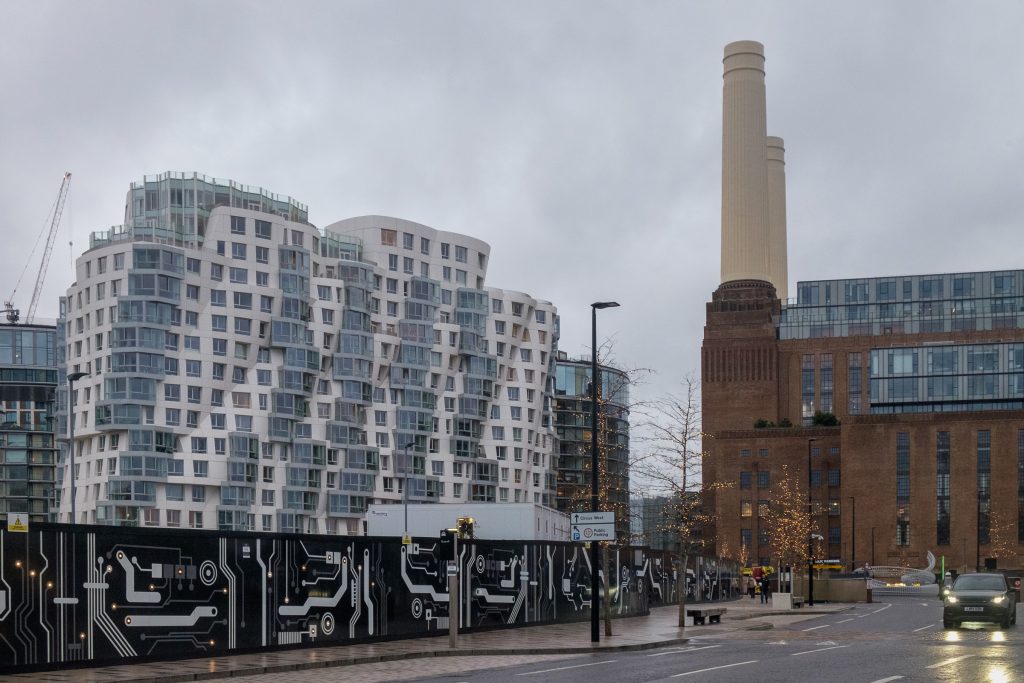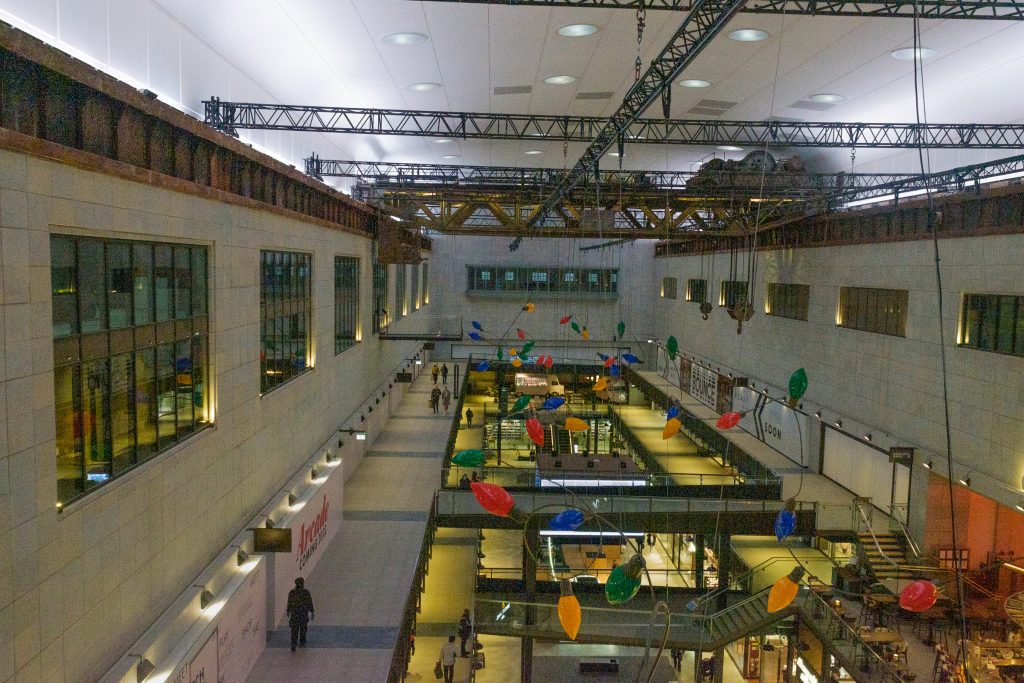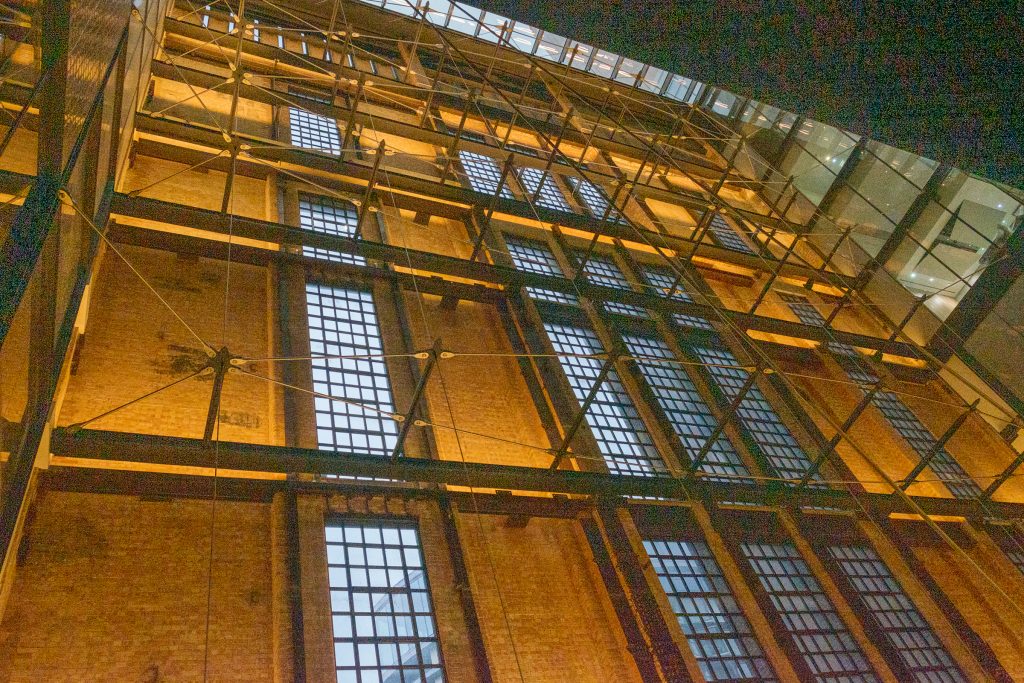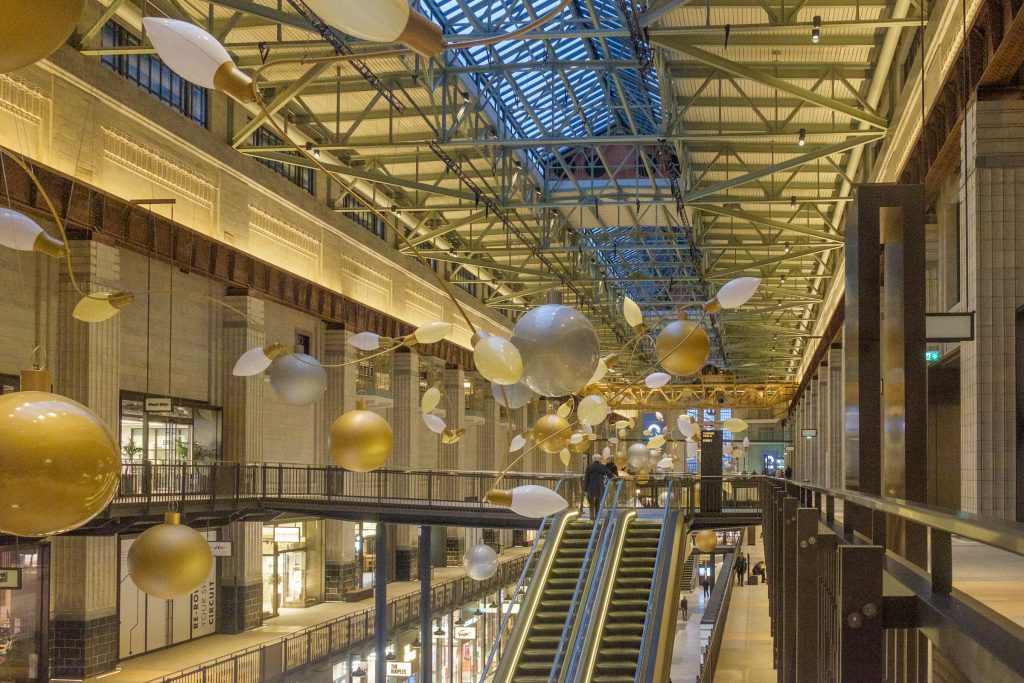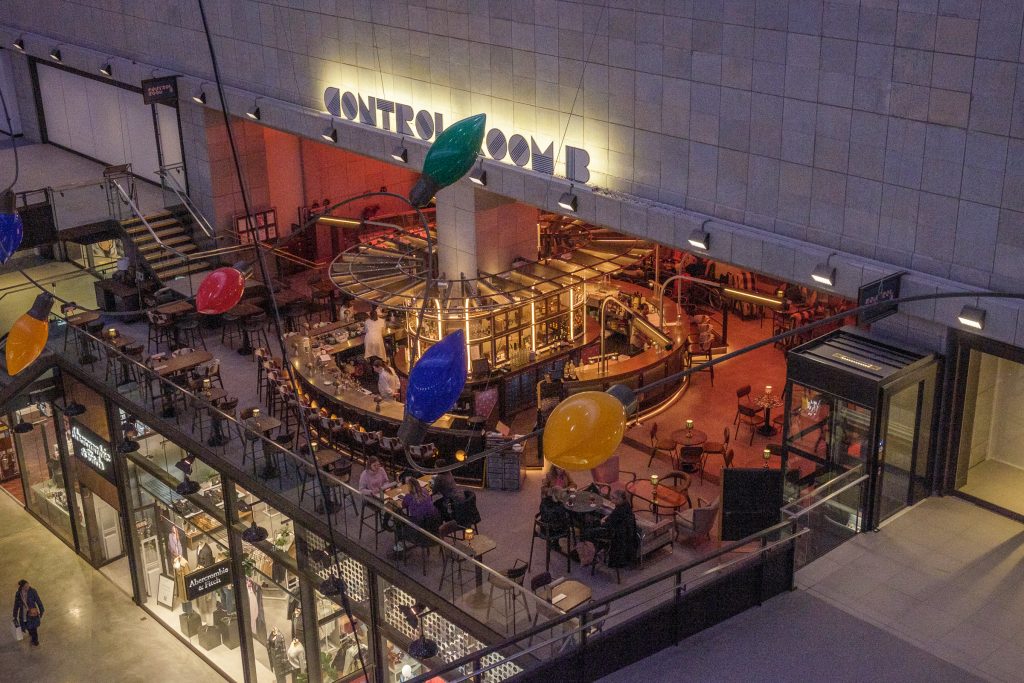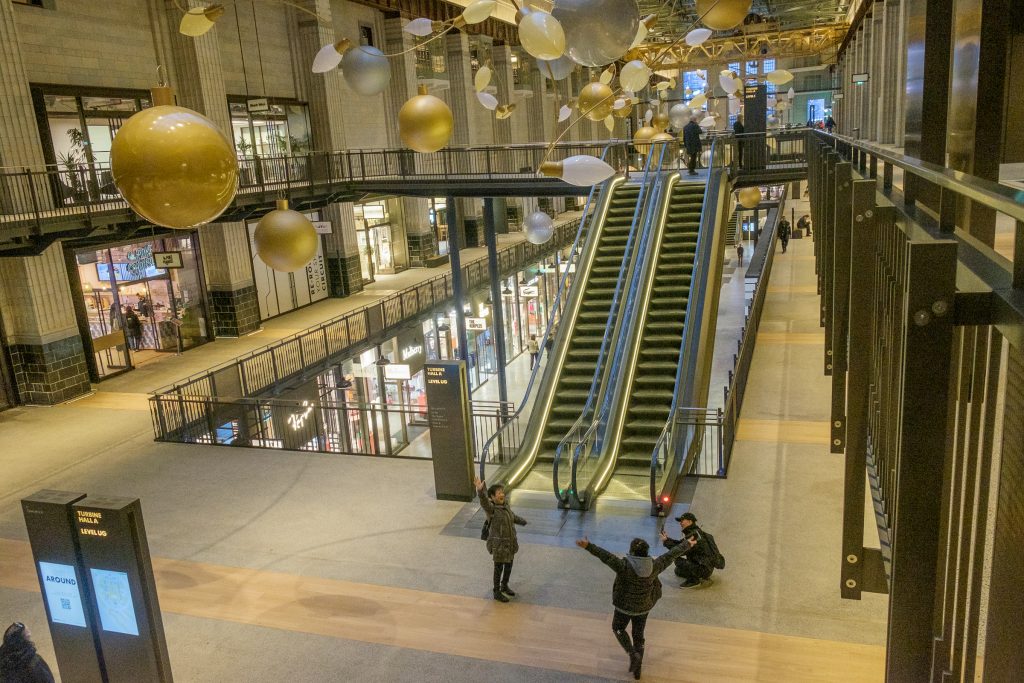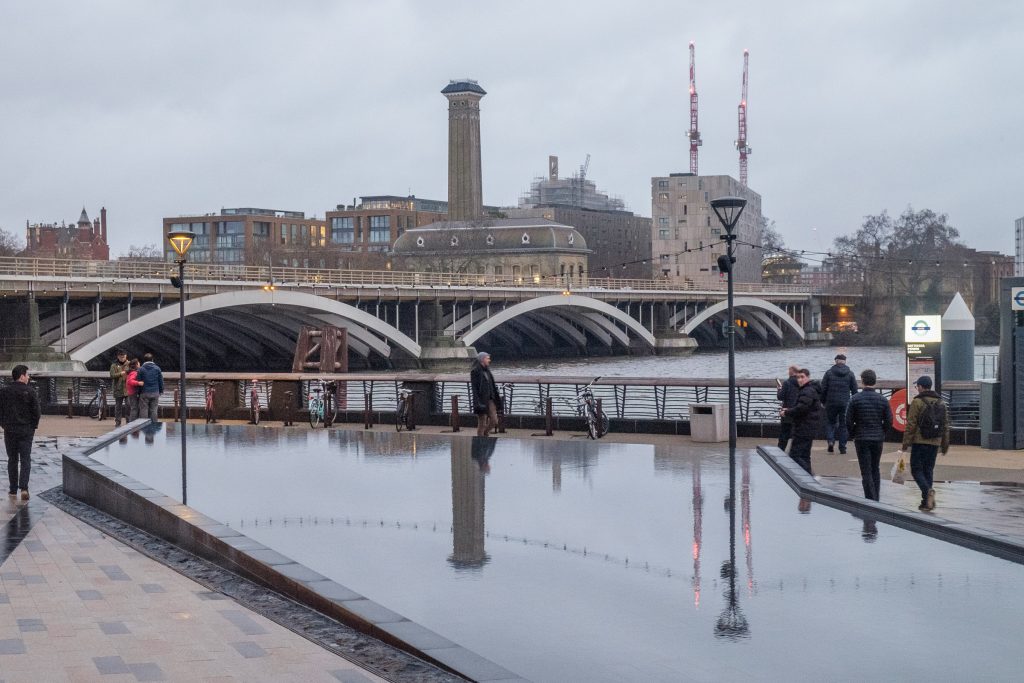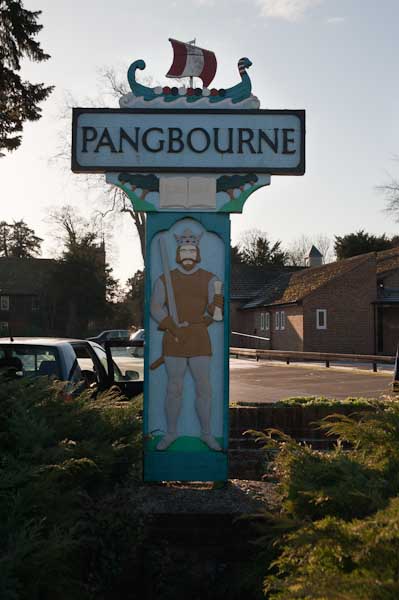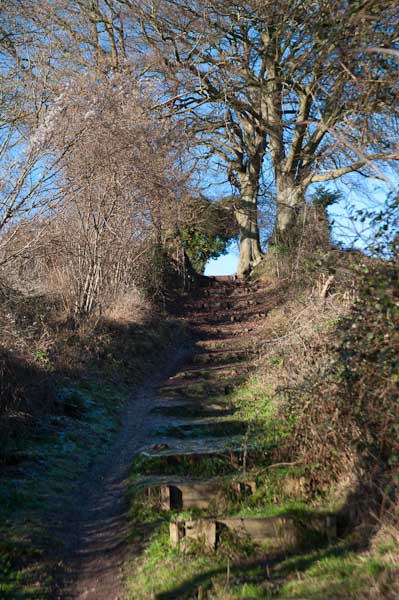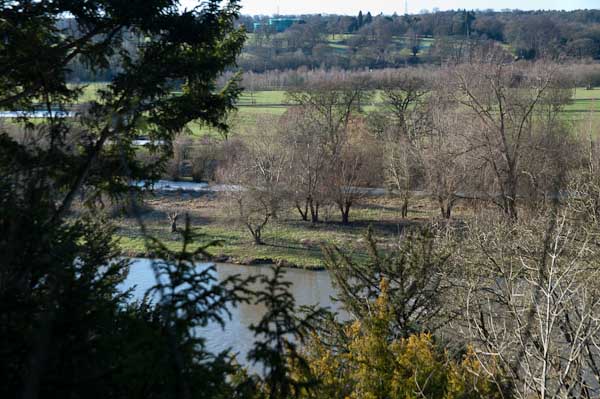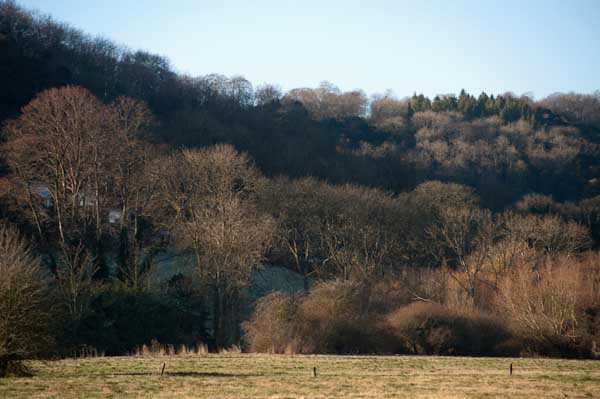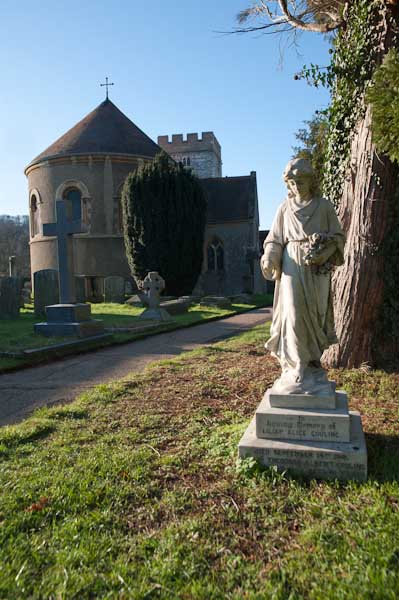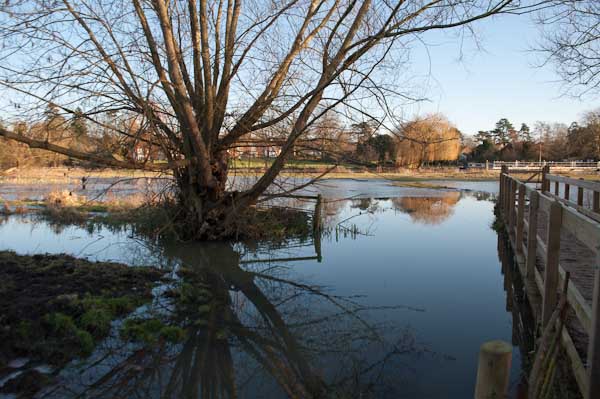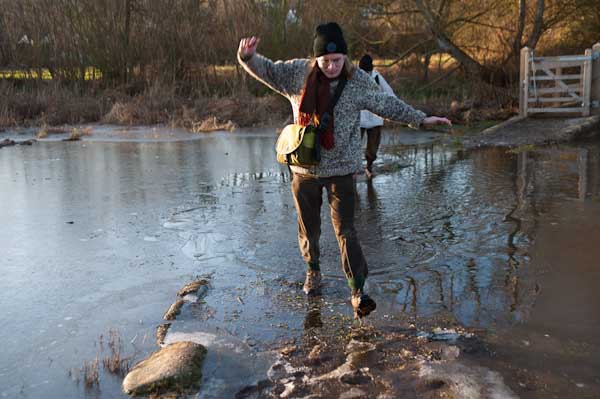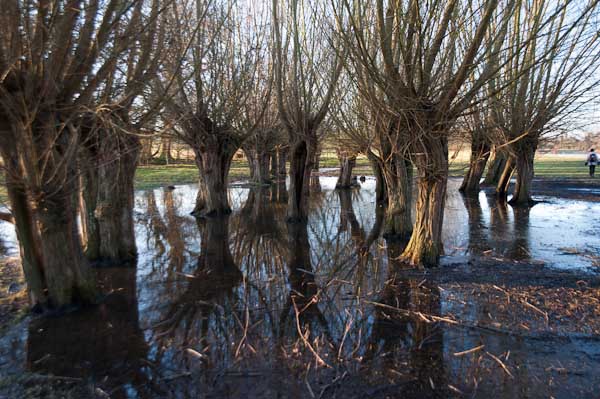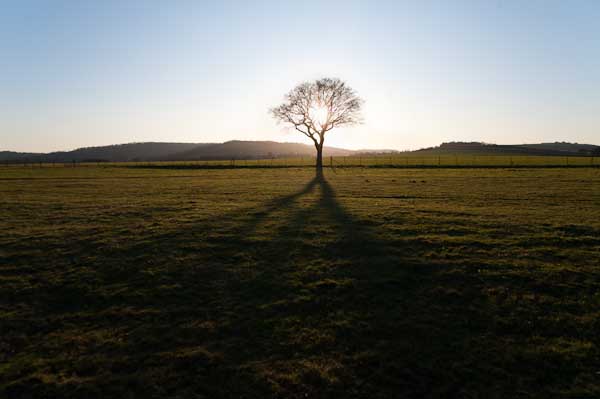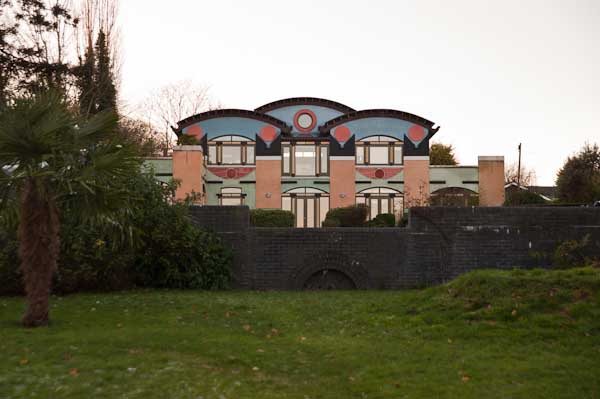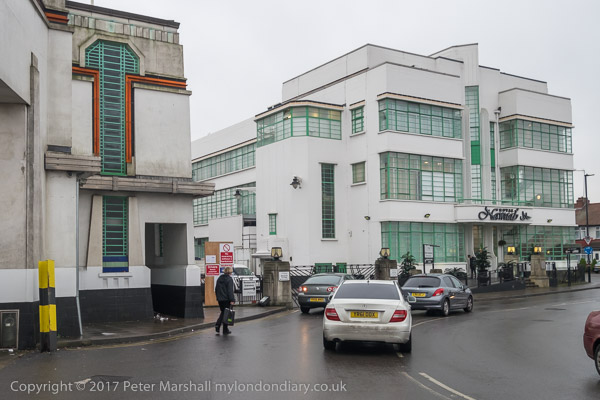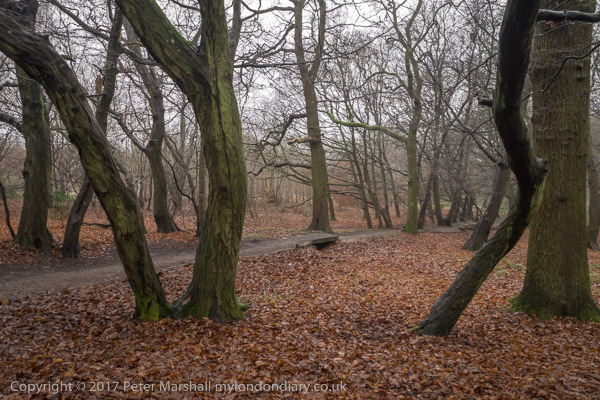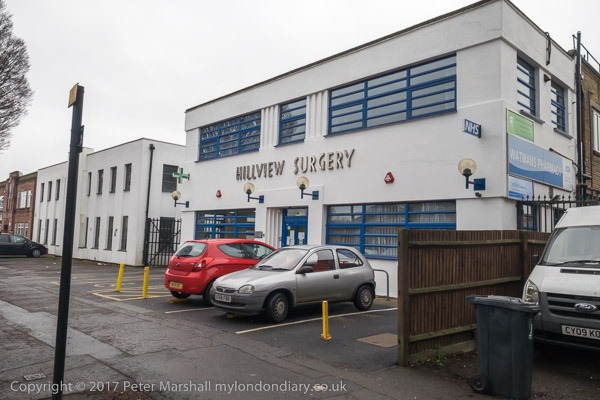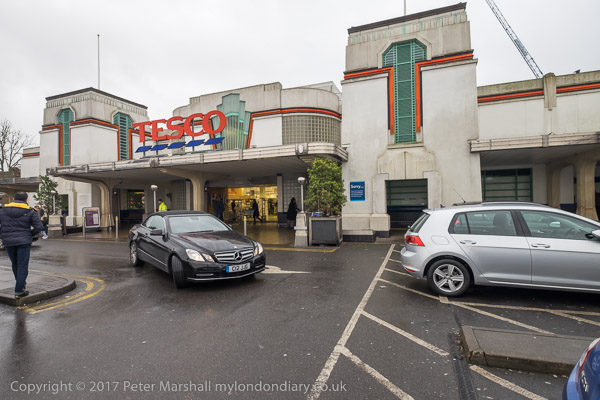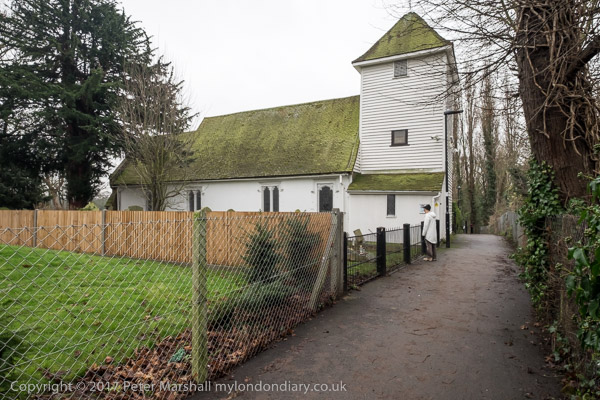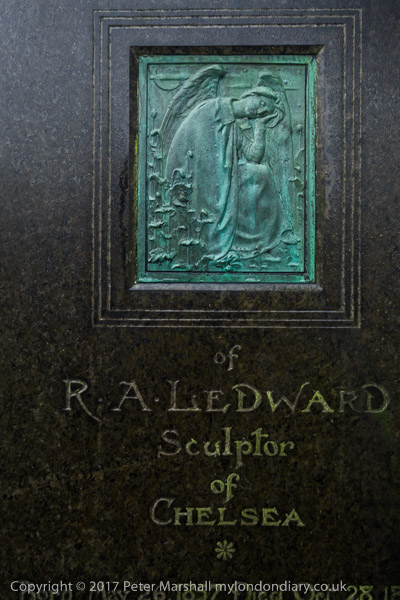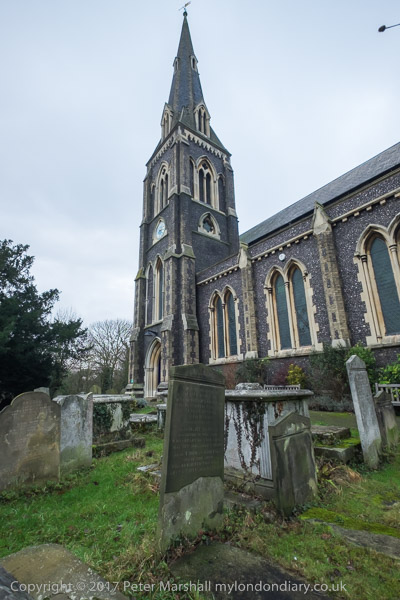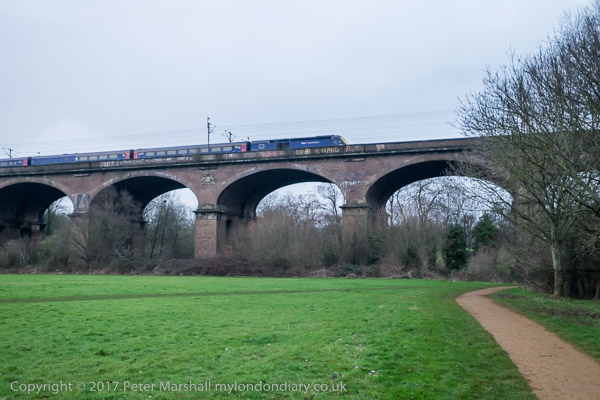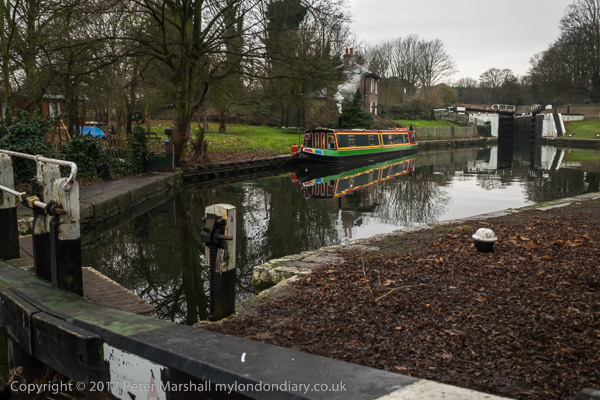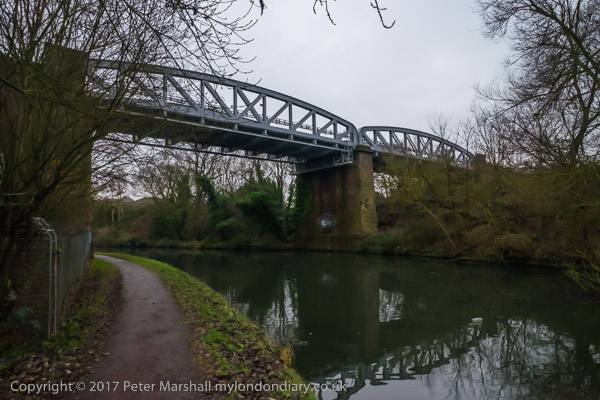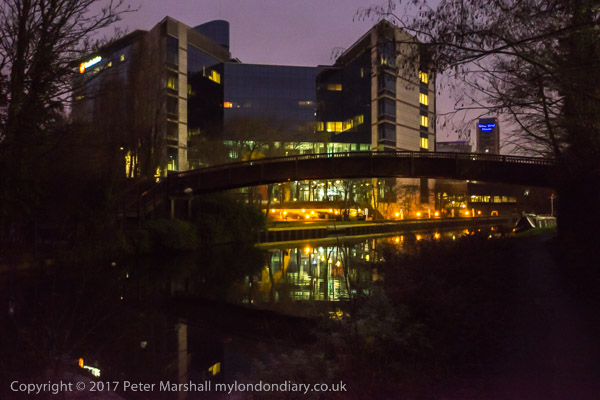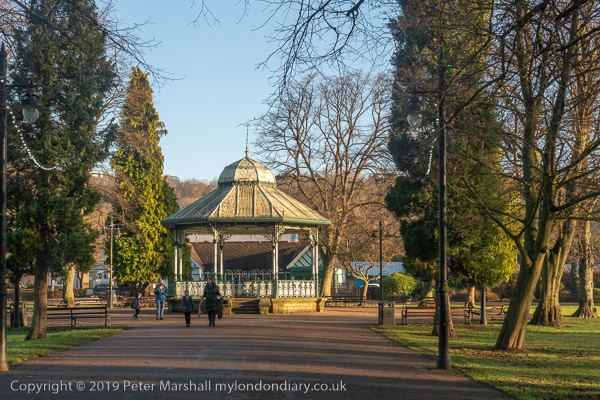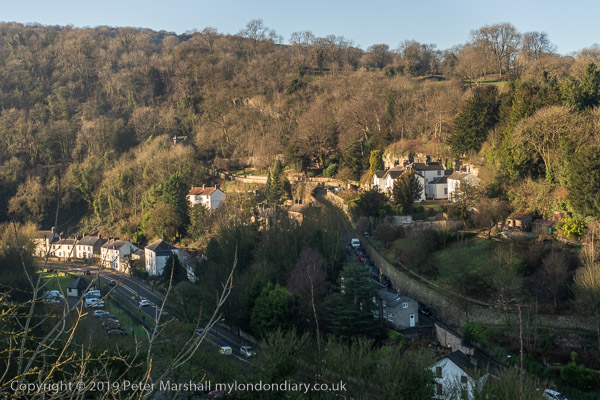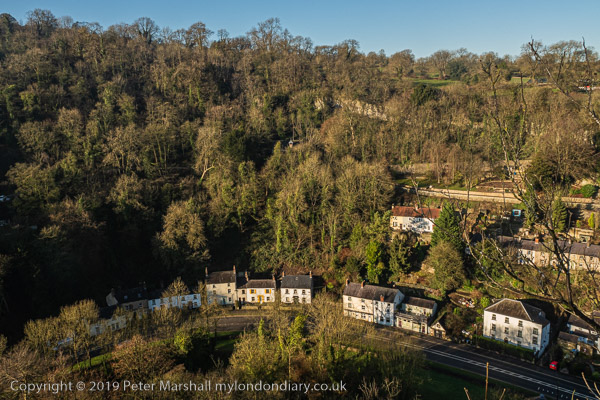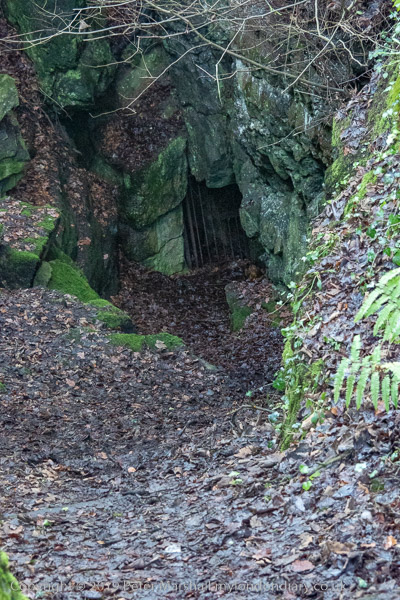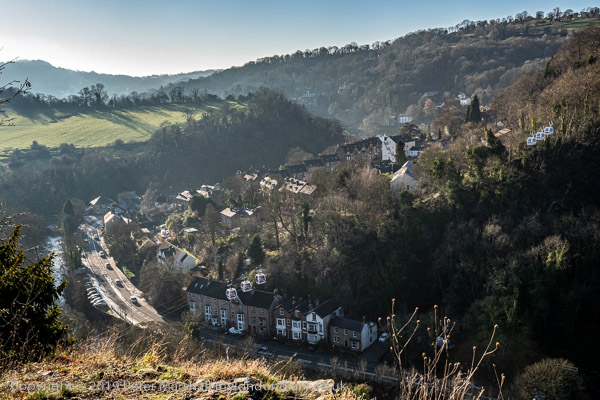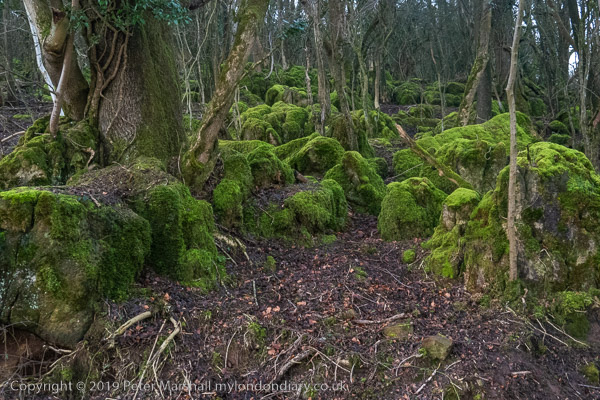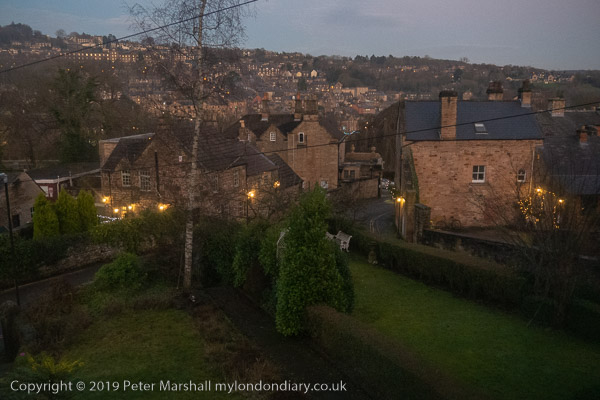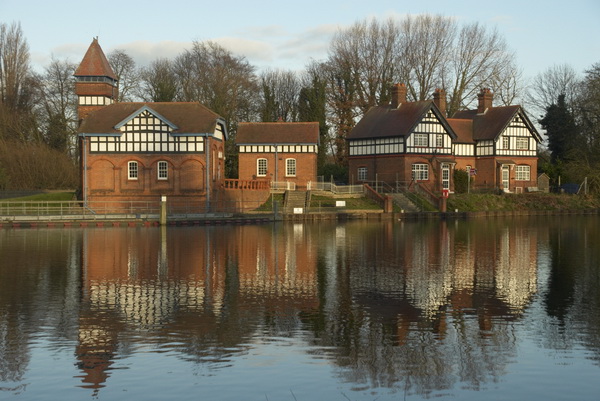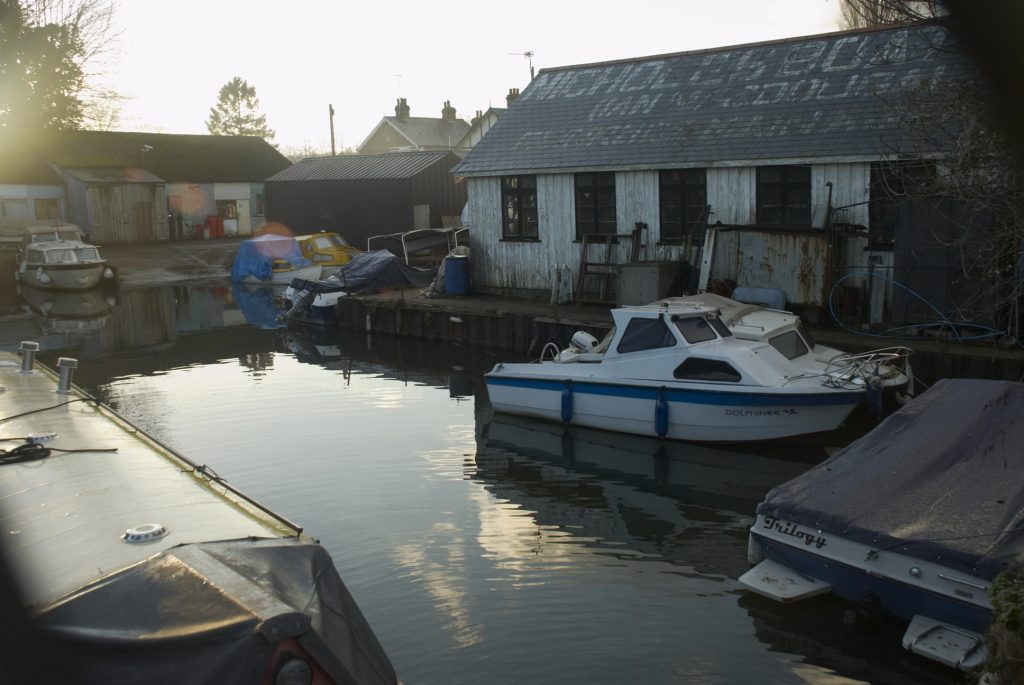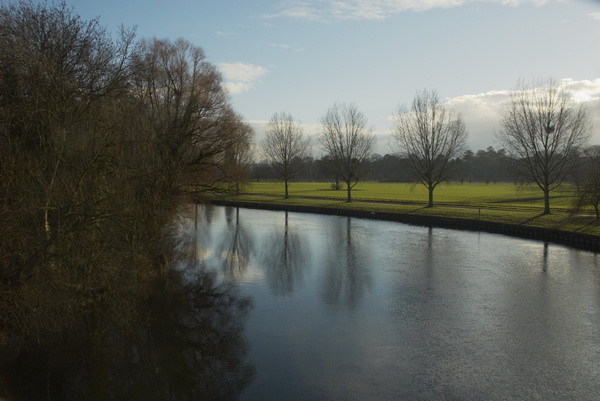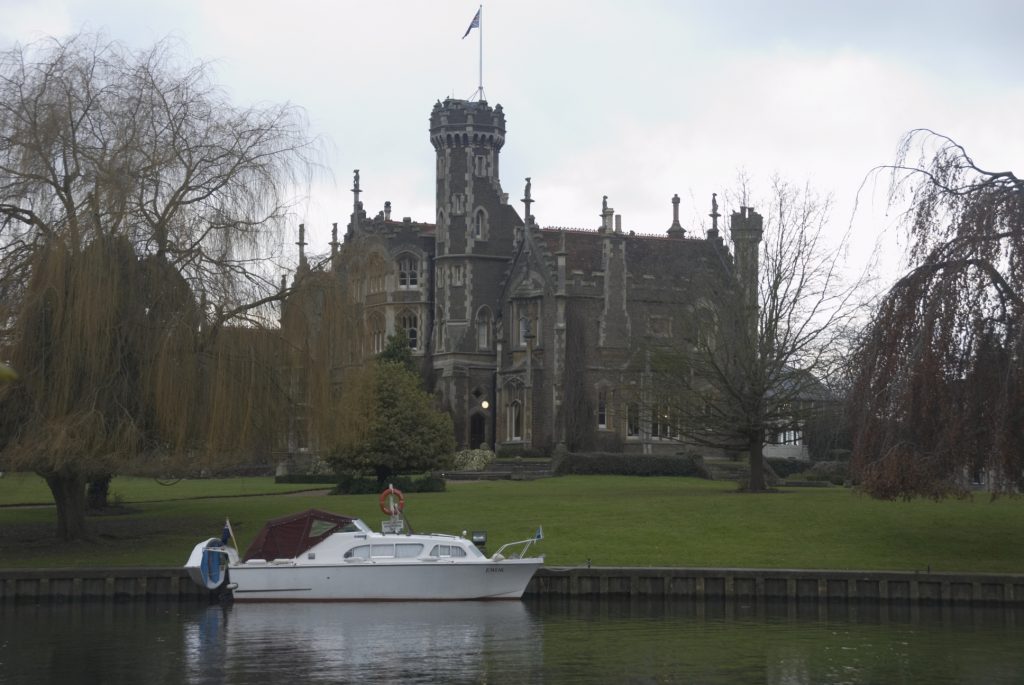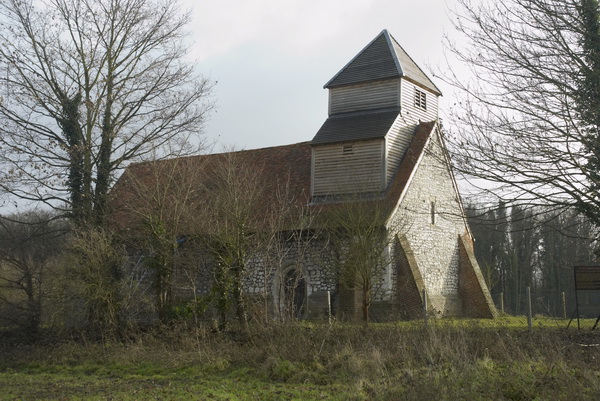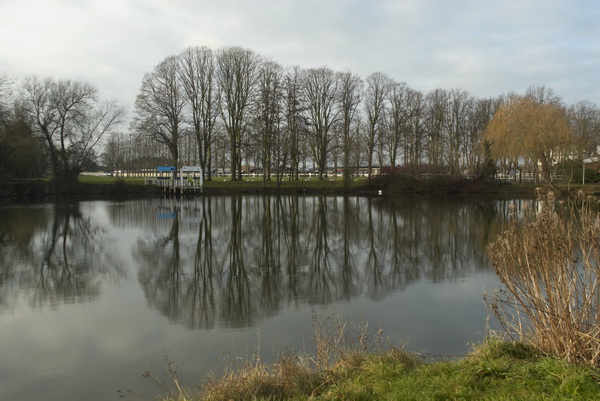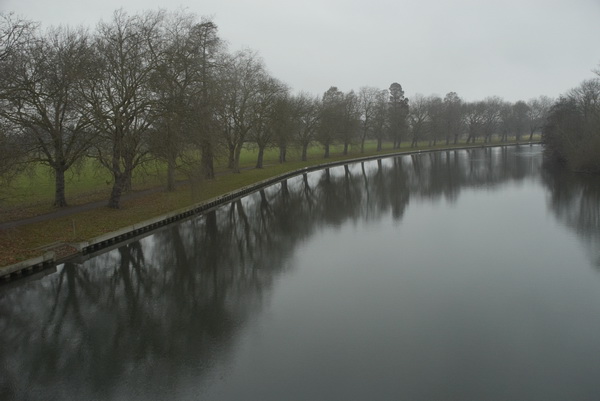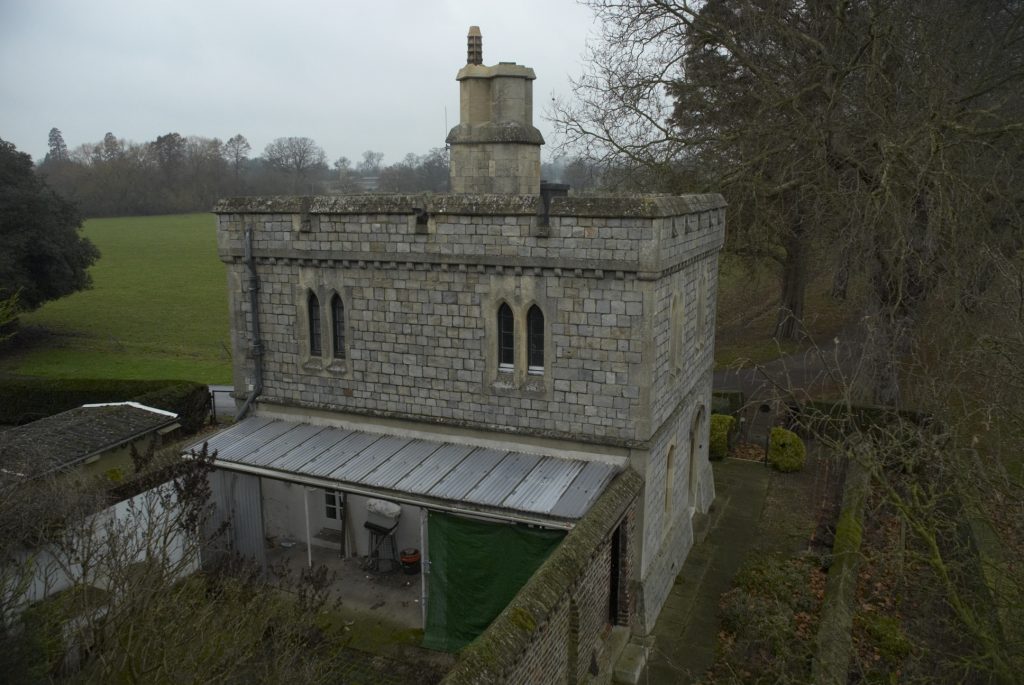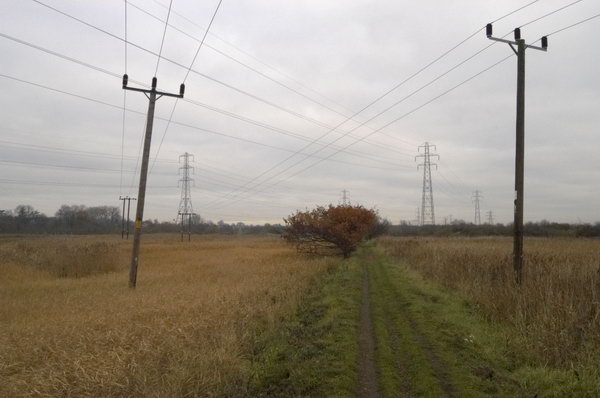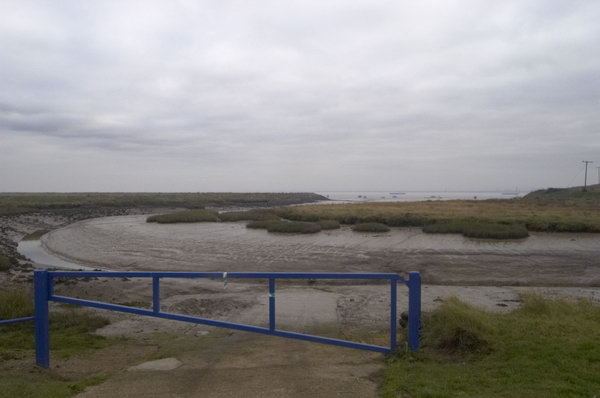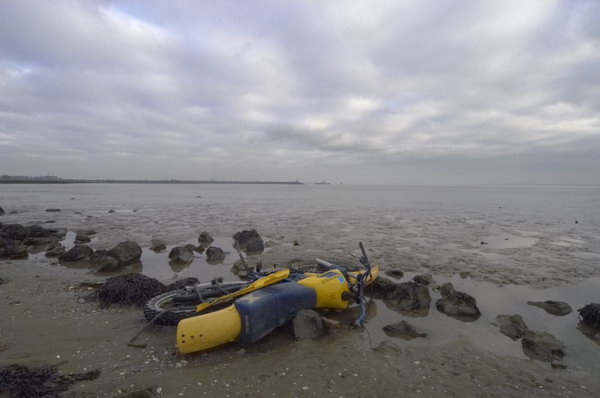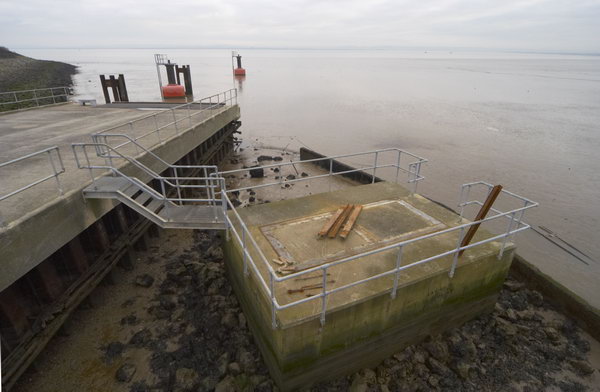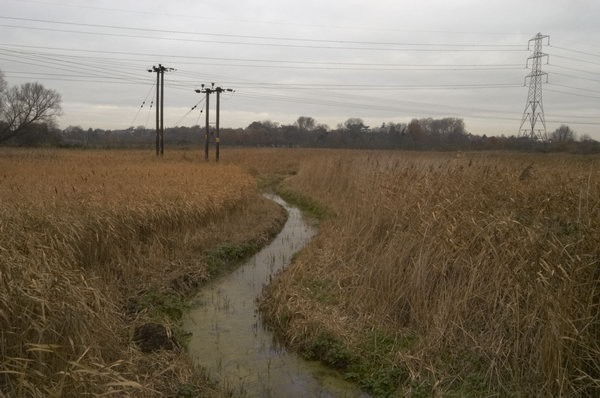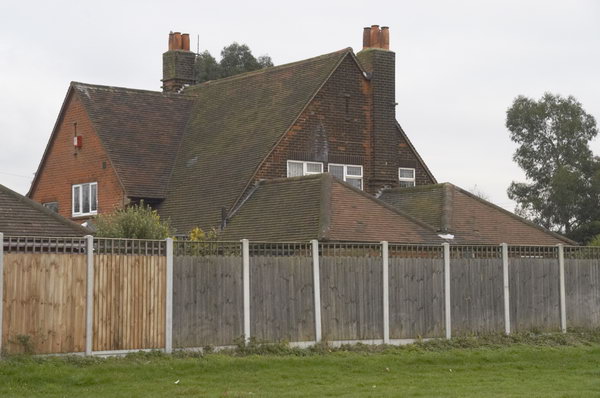I published this post seventeen years ago on My London Diary, following an organised walk around the Olympic Site by locals while London was making its unfortunately successful bid to host the 2012 games. I’ve corrected the capitalisation but otherwise it remains as written. Going around the area some ten years after the games there is nothing I would want to change in the piece, though the legacy has turned out even worse than we feared back then, with so many broken promises.
Olympic site? – Stratford and Temple Mills, 23 Jan, 2005
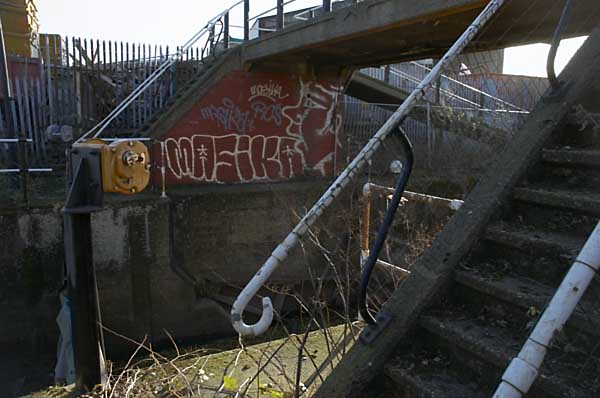
I first got to know the lower Lea (or Lee) valley around twenty-five years ago, when many of the traditional industries, many based around the Lea Navigation, had or were just ending. Parts of it were almost a dark continent, with the Bow Back Rivers machete country. Secateurs became an essential photo accessory, and together with a heavy duty tripod swung with abandon hacked a path alongside streams overgrown with bramble, nettles and bushes.
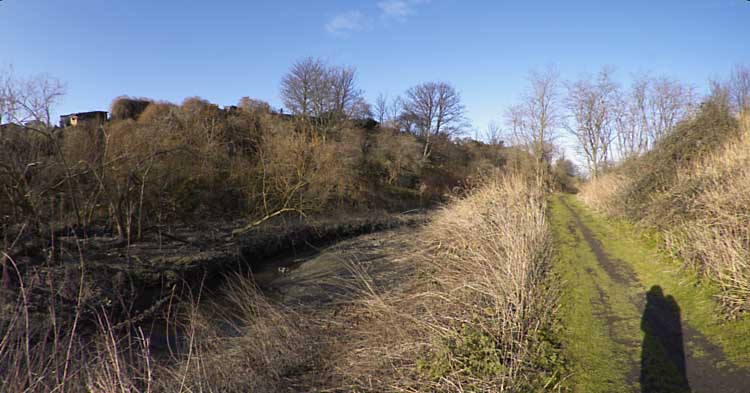
Since then, things have changed, with proper paths, nature trails, signposts and more, although it remains an area of relative peace and quiet. All this could soon change. You can hardly move in or around London without the almost continuous reminder of the 2012 Olympic bid. Large sums are being spent to convince us it is a good thing, despite concurrent claims that over 70% of Londoners already support it.
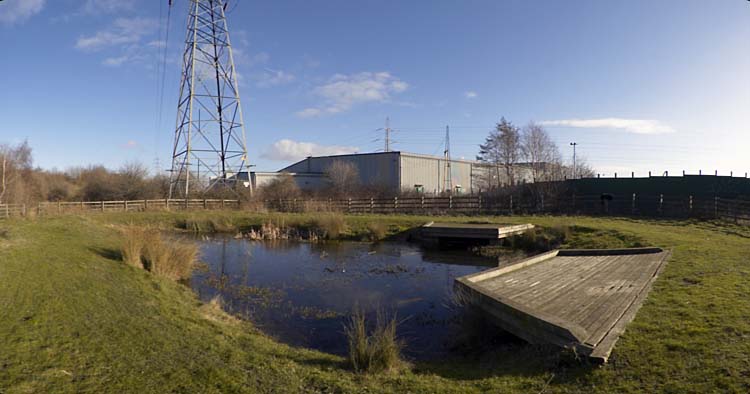
For this particular area of London it will mean dramatic changes, and whatever the good intentions of the developers (and I’ve read them) these will probably be environmentally disastrous. Development on this scale almost always is. Even the proponents acknowledge short-term problems, while local environmentalists point out the massaging and misrepresentation in parts of their planning, as well as the failure to ensure a proper post-games future for the area. While some of the proposals make sense for the area, the short-term priorities of the games will result in many that do not.
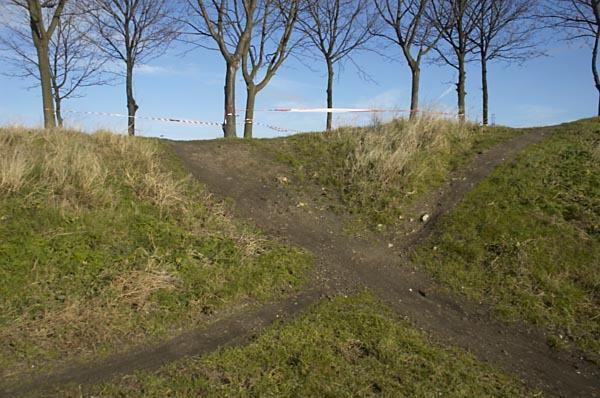
I’m not against the Olympics as such; in some ways they could be a good thing for the country, although the whole movement has been allowed to get seriously out of hand. I’m cynical enough to know that much of the enthusiasm for London 2012 comes from companies who are already making serious money from the promotion and will make even more should they happen, and realistic enough to know that any local opposition to them can only enforce very minor changes to their impact. Such local views are likely to carry far more weight on developments in the area should the London bid fail.
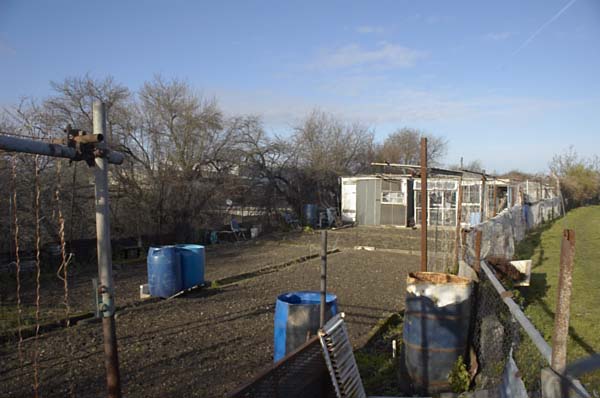
Sunday I cycled from Stratford to Temple Mills to join a walk around the northern part of the site, organised by No To London 2012, a coalition of East London community groups and social justice campaigners. A group of just over twenty of us spent an enjoyable couple of hours looking at the area and the impact the Olympic developments would have. it was an opportunity that IOC delegates are not likely to have, with their view of these particular areas expected to be with a pair of binoculars from a distant tower block.
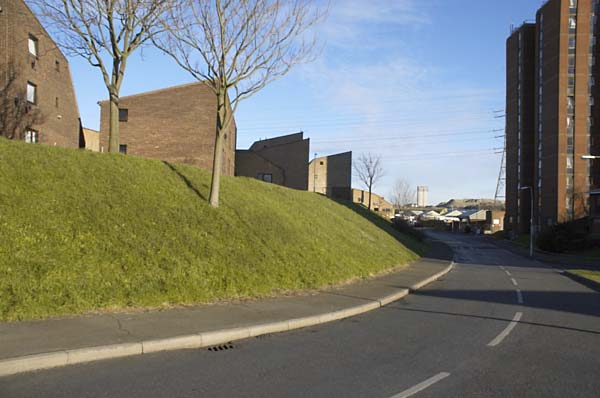
We stood first of all on a part of Hackney Marshes, watching the local footballers play on an area marked for a vast coach park, wondering how long it would take for it to be returned to recreational use, before making our way south across the A12 to the Eastway Cycle Circuit, now a well-used recreational area which will also be dramatically changed, becoming in the long term part of a larger Velopark, and on to the recently established Bully Point Nature Reserve at the southwest of the site between the Channelsea River and the River Lea, a viewpoint over the major land-forming currently taking place as a part of the Channel Tunnel Rail Link works and the future development of Stratford City.
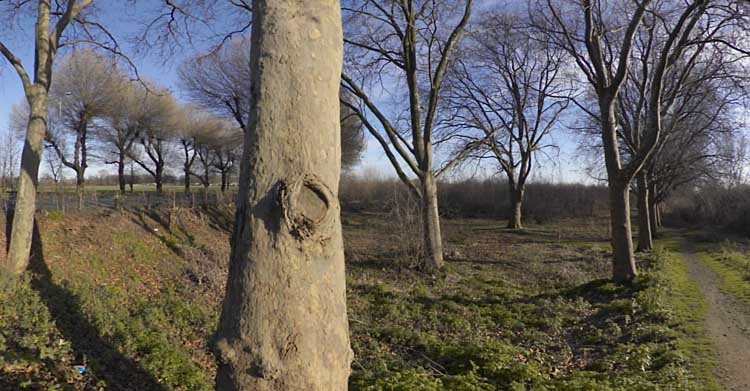
Returning to Eastway, we climbed over a barrier onto Arena Field. Until a few years back this was a cricket ground, but travellers occupied it and the pavilion was burnt down. It was then used as a landfill site, raising the overall ground level around twenty feet. On the other side of Eastway we walked through Wick Field, site of massive tree-planting by Hackney. The new path we walked through, designed and made by one of those on the walk, was pleasant if muddy.
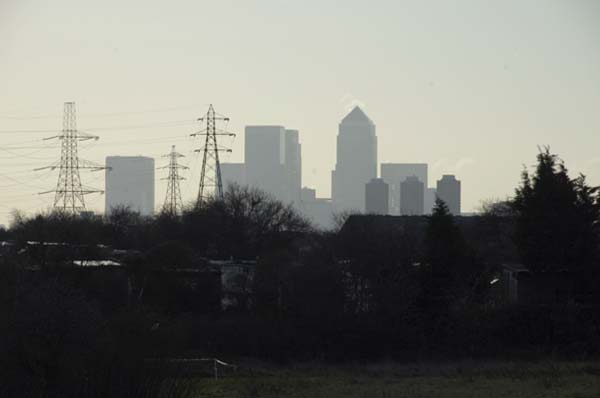
At the end of the walk I went back to the bench in Wick Field, in the centre of a fine row of plane trees running parallel to the Lea Navigation and sat down to eat my lunch. In front of me a grassy fire-break path stretched into the distance, marred only slightly by dimly seen lorries at its end on the elevated roadway. As I sat there, the unmistakable low-slung red-brown shape of a fox strode slowly across the path a hundred yards away.
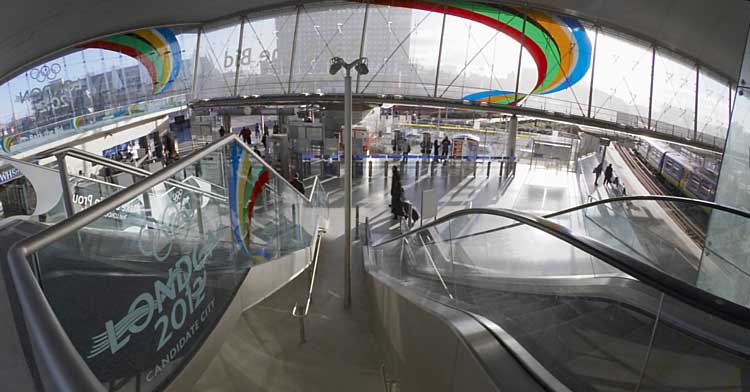
I made my way back to Stratford by Leyton, returning to look at some of my memories – St Josephs Cemetery and the nearby crossroads on Langthorne Road, the stump of Claremont Road and then a few pictures around the centre of Stratford itself.
You can see more pictures from the walk and my cycle rides from and to Stratford Station before and after the walk http://mylondondiary.co.uk/2005/01/jan3.htm with the original posting. All pictures were made with a Nikon D70, with some of the panoramas stitched together from several images.
You can see these and more pictures from the area on my Lea Valley web site, Some are also in my book Before The Olympics, first published in 2010, ISBN: 978-1-909363-00-7 still available from Blurb both as an expensive paperback or as a PDF.
